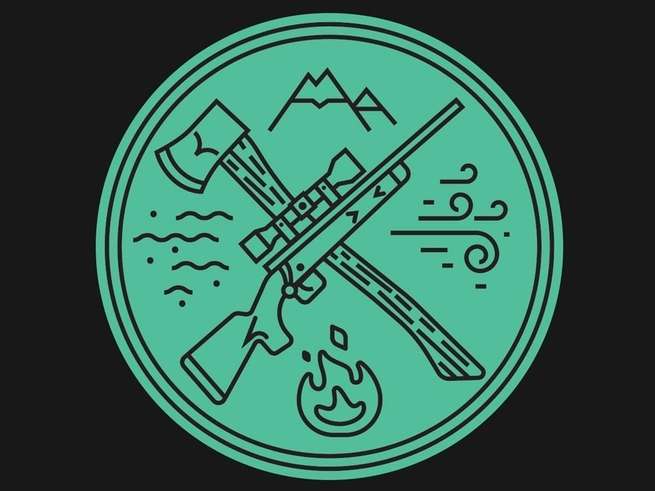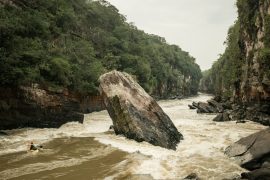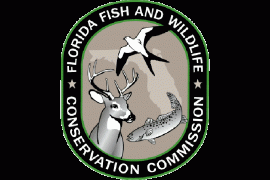
The American Pronghorn
I know of a place in the Madison Valley where ancient hunters hazed pronghorns over a small set of cliffs, to kill or cripple them and to give those hungry humans, who at the time had neither guns nor bows, an edge on an animal that can run 60 mph. There were, at the time of the Lewis and Clark expedition, millions of pronghorns on the American plains. We managed to drive them almost to extinction by the 1920s, but we also managed—almost entirely through the conservation efforts of hunters—to recover the species to almost 1 million today.
The pronghorn is a long-wandering, migratory animal, and we are just now, through decades of research by wildlife biologists, coming to understand how it lives and travels. Part of that understanding involves the crucial need for protection of migration corridors and winter and summer ranges that pronghorns depend on for survival. Badly planned and fast-tracked energy development in places like Wyoming’s Red Desert, or the sprawl of housing, fences, and roads around northern plains communities and cities, could spell the end of the great pronghorn recovery. We would need to sacrifice almost nothing to make sure that this—our most beautiful plains animal—survives for millennia more. We just need to make sure that development is planned with the pronghorn migrations and critical ranges in mind. That takes the same kind of political clout that hunters brought to the table when the pronghorn was almost extinct. Can we do it again?
The Red Desert
In a world roaring with our machinery, paved with our roads, and running on the dings and buzzes of cellphones, there is a lot to be said for a vast expanse of nothingness. But to call central Wyoming’s Red Desert “nothingness” is to miss one of the most overlooked parts of the American West. Quiet, yes. Isolated, to the nth degree. Empty, it is not.
The country will unfold before you. North, there are the dramatic mountain ranges—the Wind Rivers, the Tetons, the Absarokas. South, the Colorado Rockies explode. There are sage grouse aplenty here. The nation’s largest migratory pronghorn herd, 50,000 strong, roams here along with the nation’s only true desert elk herd. Thousands of mule deer live here, too, as nomadic as the wind, moving with the seasons.
Nobody can really agree where the Red Desert starts or where it ends. Efforts to conserve the landscape go back at least to 1898, when it was first proposed as a game reserve to help rebuild fast-dwindling stocks of big game. In 1935, Wyoming Gov. Leslie Miller wanted to protect much of it as a national park. In the 1960s, Wyoming conservationists proposed creating a North American Antelope Range here, and there are seven proposed wilderness study areas. Energy development booms and busts have transfigured much of the land and will do so again if oil and gas prices rise—on a much greater scale. See this place while you can.
The Greater Sage Grouse
The greater sage grouse was once an iconic feature of…





